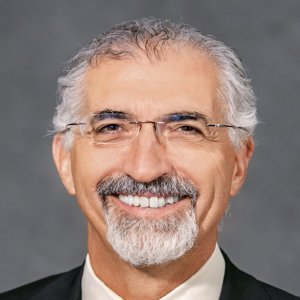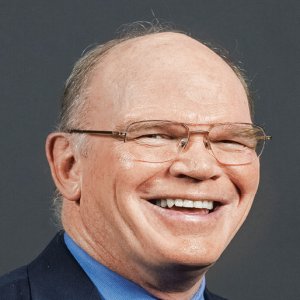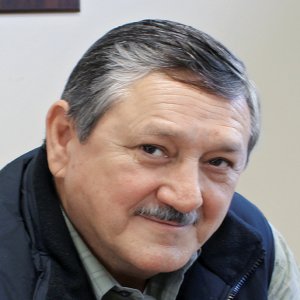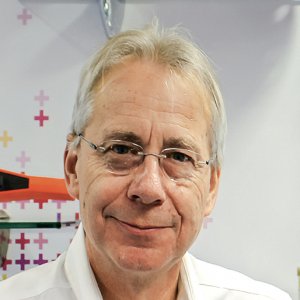Solutions Tailored to the Mining Industry

STORY INLINE POST
Q: How much business does Mexico represent for Geobrugg's global operations?
A: Although our participation is not currently significant, we believe Mexico has promising potential in comparison with other markets because we know there are numerous opportunities and significant activity. Our products are designed specifically for the mining industry, which is an important distinction because many of the alternatives used in the mining sector have been adapted from other industries. Our solutions were developed to solve specific mining problems whether it is rock bursting, underground support, or barriers for catching rocks. Many companies use chain link fences to catch falling rocks, failing to take into account that these were originally designed as entry barriers not for catching heavy rocks. The same thing occurs when underground mining companies use materials like shotcrete and weld mesh for ground support, which is not their original intended use. Until now, there were a lack of alternatives and many people in Mexico are not aware that specific technology for the mining industry now exists.
Q: Can you explain the intricacies and processes involved in underground mining?
A: When carrying out ground support in underground mines it is crucial that the support material used is both strong and flexible. Materials that are flexible absorb energy while stiff materials do not. Our meshes are flexible and extremely strong, serving as an ideal tool for tension loading. The ground support system has several components that are working together as one, and companies often use incompatible components, hampering the performance of the system.
We have worked with mining companies all over the world for decades, and we have a team of experts that are constantly communicating and sharing their experiences. All of our products are tested in full-scale field tests after applying computer modeling, meaning the conditions of a mine can initially be simulated on the computer and then innovative techniques can be attempted before the financial outlay of full-scale testing. The field tests are not carried out until the virtual processes have been perfected. This saves money, time, and is a much faster and more innovative solution.
Q: What is the most difficult project you have developed in Mexico, and how was the process facilitated?
A: Most of the projects we have developed in Mexico are civil works along highways. We constructed the safety fencing around the Formula 1 race track in Mexico City using the same technology that we use in the mining industry but with a few modifications to protect the spectators from potential crashes. We are in the business of stopping moving objects whether it is rocks or high speed cars. This was a high profile project for us but there were many challenges in terms of logistics. We also developed protection barriers in the Media Luna open pit to protect locals from falling rocks and debris. This was situated in a remote area and since it was part of a nature reserve, the company could potentially have been charged for every square meter affected by the works. Not only was our solution eco-friendly, it also was the most affordable because we used the least amount of land area. It was an extremely challenging process because the project was difficult to reach.
Q: How is Geobrugg’s automated underground meshing system changing the role in certain areas of the mining industry?
A: Our mesh was first developed for underground wall support but what differentiates our product from the competition is that we sell our mesh in rolls and it is incredibly flexible. We subsequently developed the automated process that would allow mining companies to install the product. The automation was proven to improve productivity and safety in the mines, and miners no longer had to expose themselves to danger in tunnels that are not properly supported, instead being able to work on the implementation from a safe distance. El Teniente, the largest underground mine in Chile, implemented our technology, and it has been highly successful. Now CODELCO has decided that it wants to adapt our technology as standard practice. This success serves as our primary reference for the market as an example of our work.
























